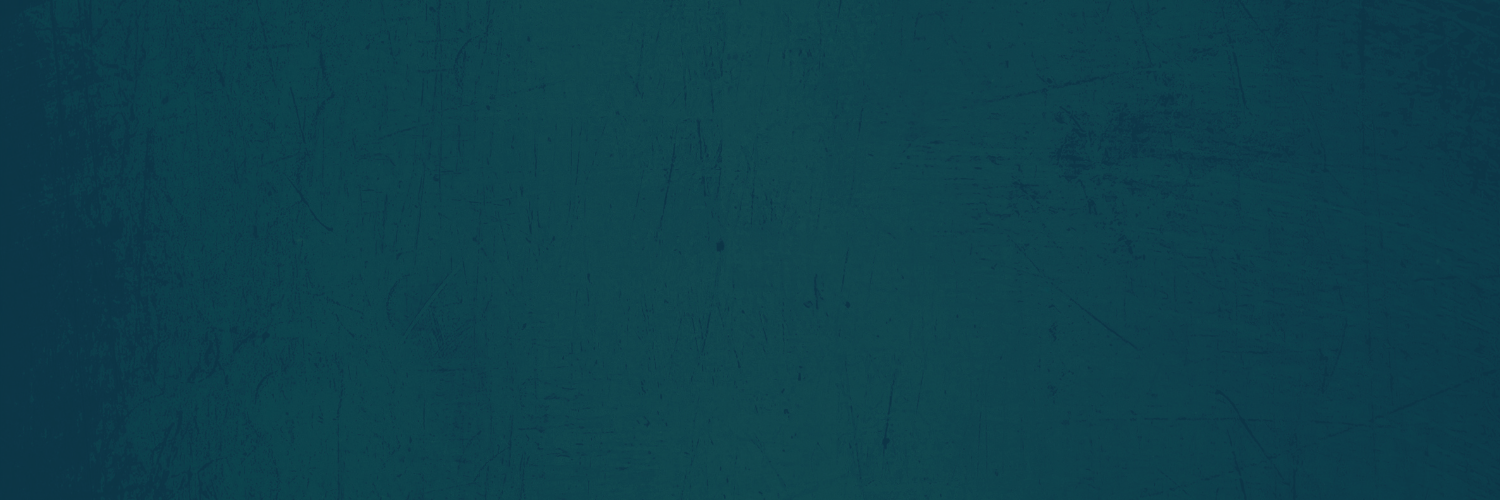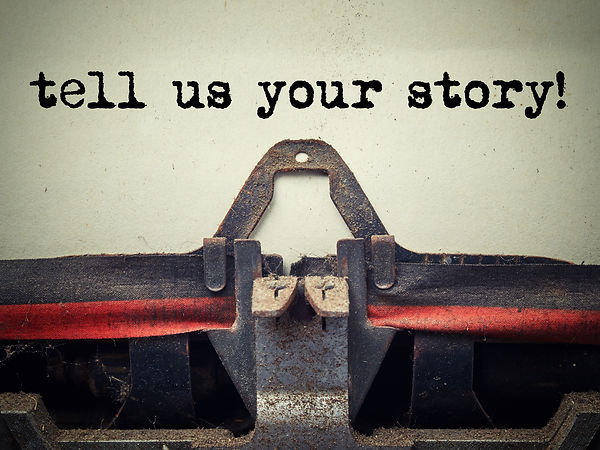Gba Talk Pc Software Download High Quality
Gba Talk Pc Software Download ---> https://cinurl.com/2t7jkK
Talking Ben is a free kids' game by Outfit7 Limited, the same publisher who created the popular games My Talking Tom and My Talking Angela. This simulator game lets players interact with Ben, a talking dog. Players can press different buttons to get various hilarious reactions from Ben. You can even talk to him and record your funny conversation.
The Australian Government is introducing a new series of banknotes, commencing in September 2016 with the $5 update.The GBA range of note acceptors can be updated to carry this note as follows : GBA ST1, GBA ST1C & GBA ST2 can be updatedGBA HR1, GBA C2E, GBA Horizon & GBA SLEC cannot be updatedThe GBA note acceptor can be programmed with a new note dataset using a VAL364 programming tool on-site or returned to the factory for a refurbishment.Using Val364 Programming KitIf you elect to program your note validators yourself, then you will purchase a VAL364 kit and will be emailed the software component and note dataset.
If you have a simple store setup (e.g., all you need is an iPad), then you can likely get your POS system to function all on your own. Simple retail workflows typically involve launching or installing your POS software (which takes a few clicks) and entering your business details.
Depending on your solution, you may also have the option to set user permission levels, which enable or restrict users from accessing certain features or information. For example, while administrators may have full control over the software, cashiers would only have access to the sell screen.
The Nyko WormCam is an accessory that turns the Game Boy Advance into a digital camera and picture editor. The unit stores up to 20 low-resolution photos that you can edit on the GBA (basic lines, shapes, text, and picture flipping) and download to your PC using the included cable and software. The cable connects to a standard serial input on the back of your computer. The unit draws power from the GBA, but includes a battery to save your photos while the GBA is turned off.
Please note that LightBurn does not support the stock M2-Nano board in the popular K40 laser. This board does not offer control of power through software - we recommend upgrading the board to take full advantage of LightBurn.
Unlocking your bootloader is not for the faint of heart. Unlocking your device and installing your own software might cause the device to stop working, disable important features and functionality, and even make the device unsafe to the point of causing you harm. Neither Motorola, nor your wireless carrier or retailer from whom you purchased the device, will be responsible for such damage, so please do not unlock or load any software unless you know what you are doing. You have only yourself to blame. Once you get the unlock code, your device is no longer covered by the Motorola warranty; in other words, please don't blame us if things go wrong, even if they appear unrelated to unlocking the bootloader. The law still applies. You still need to operate your device in compliance with all applicable laws, rules and regulations prescribed by the FCC, and any other governmental agency for that matter. And now a word from our lawyers. Finally, in order to unlock your device, you need to agree to important legal terms , which can be found on the next page. Agreeing creates a binding legal agreement, so be sure to read them carefully.
MeshLab 2021.07 is out! In this version we introduce support to several file formats (*.gltf, *.glb, *.nxs, *.nxz, *.e57) and a brand new plugin for exact mesh booleans. You can download in the download section, or in the github release page.
The award has been given for "having contributed to the scientific progress in Geometry Processing by making the software available to the public such that others can reproduce the results and further build on them in their own research work".
The licenses for most software are designed to take away yourfreedom to share and change it. By contrast, the GNU General PublicLicense is intended to guarantee your freedom to share and change freesoftware--to make sure the software is free for all its users. ThisGeneral Public License applies to most of the Free SoftwareFoundation's software and to any other program whose authors commit tousing it. (Some other Free Software Foundation software is covered bythe GNU Lesser General Public License instead.) You can apply it toyour programs, too.
When we speak of free software, we are referring to freedom, notprice. Our General Public Licenses are designed to make sure that youhave the freedom to distribute copies of free software (and charge forthis service if you wish), that you receive source code or can get itif you want it, that you can change the software or use pieces of itin new free programs; and that you know you can do these things.
To protect your rights, we need to make restrictions that forbidanyone to deny you these rights or to ask you to surrender the rights.These restrictions translate to certain responsibilities for you if youdistribute copies of the software, or if you modify it.
Also, for each author's protection and ours, we want to make certainthat everyone understands that there is no warranty for this freesoftware. If the software is modified by someone else and passed on, wewant its recipients to know that what they have is not the original, sothat any problems introduced by others will not reflect on the originalauthors' reputations.
Finally, any free program is threatened constantly by softwarepatents. We wish to avoid the danger that redistributors of a freeprogram will individually obtain patent licenses, in effect making theprogram proprietary. To prevent this, we have made it clear that anypatent must be licensed for everyone's free use or not licensed at all.
It is not the purpose of this section to induce you to infringe anypatents or other property right claims or to contest validity of anysuch claims; this section has the sole purpose of protecting theintegrity of the free software distribution system, which isimplemented by public license practices. Many people have madegenerous contributions to the wide range of software distributedthrough that system in reliance on consistent application of thatsystem; it is up to the author/donor to decide if he or she is willingto distribute software through any other system and a licensee cannotimpose that choice.
If you develop a new program, and you want it to be of the greatestpossible use to the public, the best way to achieve this is to make itfree software which everyone can redistribute and change under these terms.
Yes, you can use GBA emulators to play your old GBA games on a PC. The GBA emulator or a Gameboy Advance emulator is software that you can run on your PC to play games that were not meant for PC play. Nintendo itself releases emulators, and there are plenty of third-party emulators that you can use to play Nintendo games on your PC.
These emulators are legal and legit. So you don't have to be concerned about pirated, shady software. There are also emulators for tablets, smartphones, etc. So no matter what device you have, you'll probably find an emulator that allows you to play your favorite console games on another device.
It's very easy to use and set up, and you can load up ROMS just by downloading them and opening them through the toolbar. There are plenty of other features to play around with as well, and the software gets regular updates. So if you face any bugs, they will usually be fixed soon enough. The interface is smooth and fun to play with.
And yet, here's a thing. If you download the Wii version of Super Mario Bros. using the Virtual Console, there's evidence to suggest Nintendo might have actually repurposed an illegally-copied ROM and then sold it back to us. Surely that can't be the case. Right?
Anyway, I like the idea of using this space on the site to add a little extra context for those who want it, as we did with last week's piece on the many lead designers of Civilization. And with the .NES header being such a crucial piece in this story, I thought I'd talk through how exactly we managed to verify its existence in our digital copy of Super Mario Bros.
As you can see, we were mostly looking at .app files here and so needed to use a hex editor to have a nosy around in the binary data. We already knew from Frank Cifaldi's GDC talk that a .NES header should be located in '00000001.app' and so that's where we started. A quick search of the file (CTRL+F 'NES') and we found it.
Here comes into action the GBA emulators. With the help of the GBA emulators, you can play them on any of your modern devices that support it. In this post, we will be talking about the best GBA emulators for Mac OS machines. If you have one and want to try out GBA classic games, then this post is just for you. Having said that, let us jump straight into the article itself:
It has the support for cores of multiple systems. With Retroarch, you can emulate games of the system such as Game Boy, GameCube, Nintendo 64, Playstation, etc. However, you will have to download the individual cores and select the core that you want to use before you boot up a game.
DreamGBA is free to download the emulator that runs GBA games. The emulator was based on Windows98, but it supports the latest Windows platforms. If you are looking for an emulator which is fast and runs your games without any performance issues, then DreamGBA can be your choice. It has low size, and it occupies less memory, which adds to its performance factor.
Currently (July 2022) is it easy to found laser module with powers from 1.5W to 20W.Please read carefully! I am talking about optical power: the only real important value. 2b1af7f3a8


